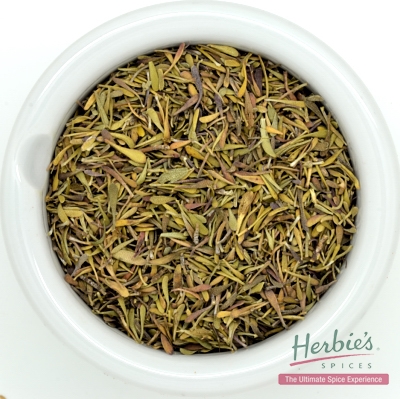
Mix one tablespoon of baking soda, 1/2 teaspoon of a mild dish detergent, and 2 1/2 tablespoons of olive oil in a gallon of water to make a solution that will repel all kinds of bugs, as well as a fungicide for blight and mildew on the thyme plant leaves. You can make your own pest spray with benign materials.

Like insecticidal soaps, horticultural oils can cause plant injury if not properly diluted. Oil-based sprays block an insect’s air holes, interfere with an insect’s metabolism, disrupt insect feeding, and inhibit insect growth. Neem oil, for instance, is derived from seed extracts of the neem plant. Combine plant- or petroleum-based oils with water to produce horticultural sprays. While insecticidal soap is less apt to affect other organisms, certain plants might be sensitive to the soap and can suffer leaf burn. Mix the soap with water to create your solution and apply directly to insects on any plants. Insecticidal soaps are particularly effective on smaller pests such as aphids and spider mites.

The potassium salts in insecticidal soap help remove an insect’s protective waxes, causing destruction of insect membranes and killing them.

Choose the best treatment for the type of pests invading your plants. Here are some proven ways to get rid of pests on your thyme plants. Keep thyme healthy by treating for pests when necessary


 0 kommentar(er)
0 kommentar(er)
